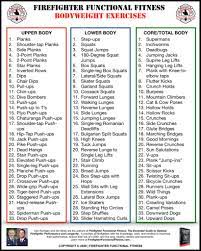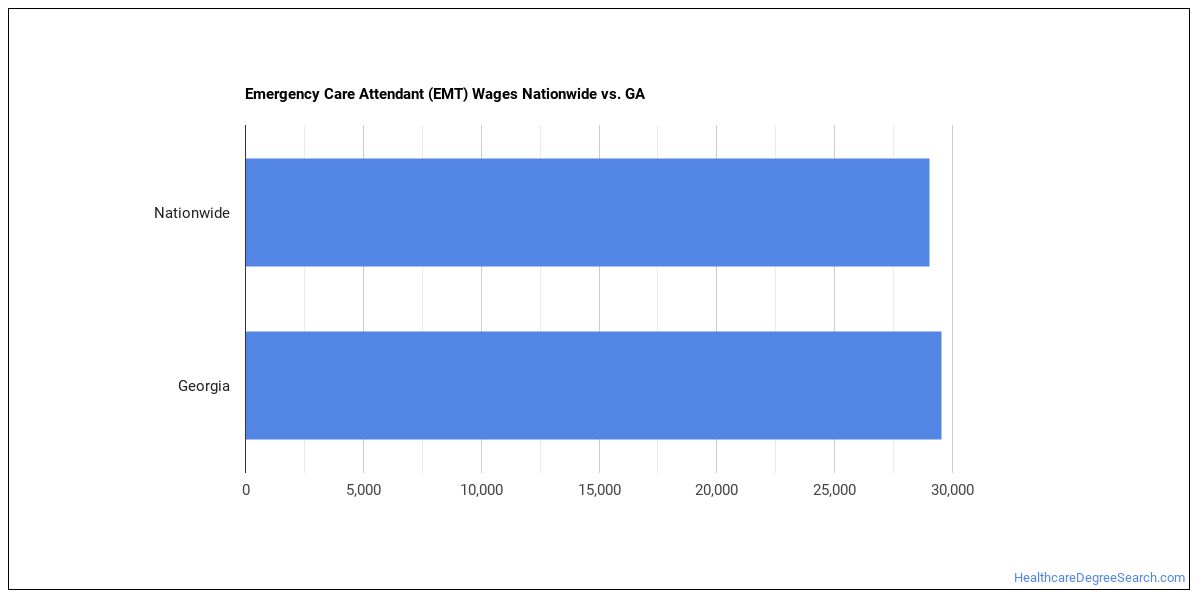
In order to ensure safety as well as durability, there is a need for improved wildland firefighters' gear. Wildland firefighters are often exposed to multiple hazards while on the job. Protective clothing can help protect wildland firefighters from heat radiation, hot spots and rogue fires. It can also help maintain body temperature. It is important to recognize that the quality of the garments will depend on the design and the textile properties.
Wildland firefighters will need equipment and tools capable of resisting fire in addition to protective gear. These tools include a fire hose equipped with a one inch NPSH inlet, and a nozzle which meets Forest Service Specification 5,100-239C. To prevent burns, they may also use fire gloves. Fire helmets made of lightweight materials are flame resistant and can be worn with gloves. For warmth, you can also purchase sleeping bags.
A number of organizations recognized the need to improve wildland-firefighting gear. Multi-state projects have been set up to assess the feasibility of creating a wildland firefighting PPC standard. This project will assess the effectiveness of current products, develop educational materials for wildland firefighters, as well as conduct a market evaluation of the wildland-firefighter PPC. Researchers will use online forums to gather information on current products, maintenance methods, and wear.

Wildland firefighting equipment must be lighter than traditional structural firefighting gear. Some departments are making their own equipment, while others are relying on surplus military vehicles that are adapted to suit the wildland firefighting environment. But more work is needed to raise awareness about cleaning and maintenance of wildland firefighting gear.
As part of the project, researchers will collect samples of existing wildland firefighting apparel. Representative samples will include different types, manufacturers, and styles. All samples of garments will be evaluated on construction, functionality, as well as fit. Special attention will be given to sizing and anthropometrics of unisex apparel. Researchers will also examine whether the existing sizing systems work or if a new one should be created.
The design parameters will take into account regional differences in body dimensions, environmental conditions, and fire suppression actions. For testing, prototype designs will be created. If the results show that a sizing scheme should be created, then a new sizing program will be developed.
To determine the size requirements of wildland firefighters, a survey will be done. The survey results will be used as a guideline for future wildland firefighting apparel development. Researchers will compare sizing standards and recommendations of the USFS and other regulating bodies. The sizing tables will be compared for male and women firefighters.

Results of the research will be presented at national/international meetings and submitted to refereed and non-refereed publications. Funding sources will be sought to help complete the project.
The results of the study will be compiled in a special technical publication. Conferences will be organized to reach both producers and end users of wildland firefighters' PPE. Researchers will also contribute to the NFPA Technical Standardization Committee on a draft of the NFPA 1977 Standard on Protective Clothing, Equipment for Wildland Fighting.